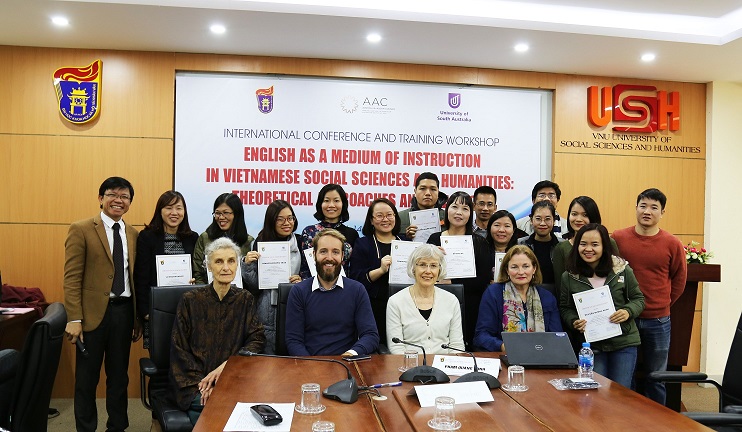
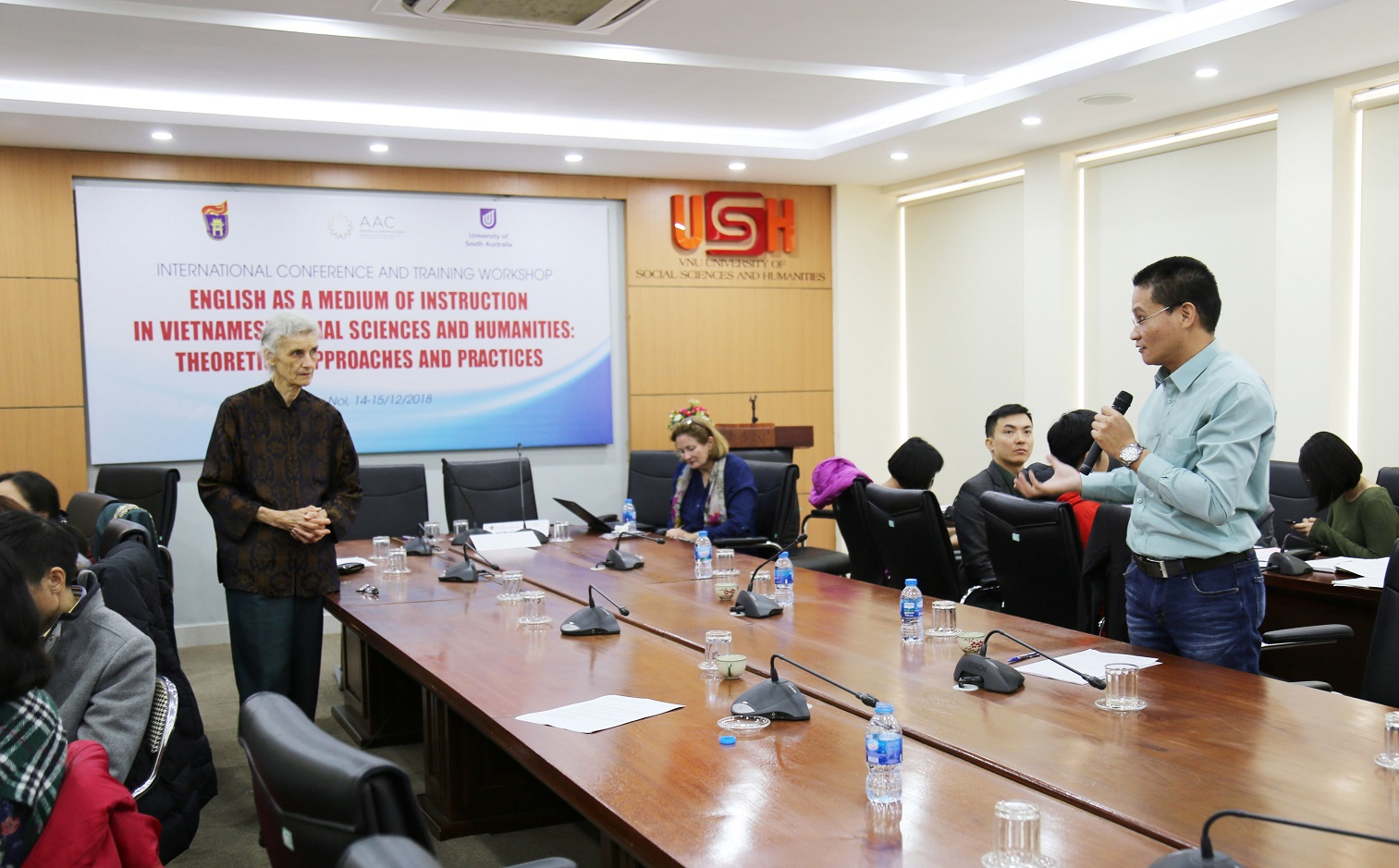
More than 80 lecturers participated in the course from the University of Economics, University of Foreign Languages, University of Social Sciences and Humanities, Faculty of Law - VNU, Hai Phong University, Hung Yen University of Science and Technology and many high schools in Hanoi.
English as a medium of instruction and research (EMI) is a strategy applied in many universities where English is the foreign language. It originated in European countries such as Sweden, Finland, New Zealand in the early 2000s, then spread to Asian countries such as Singapore, Hong Kong, China, Japan. Currently, 24 universities in Vietnam apply EMI in many different fields and disciplines.
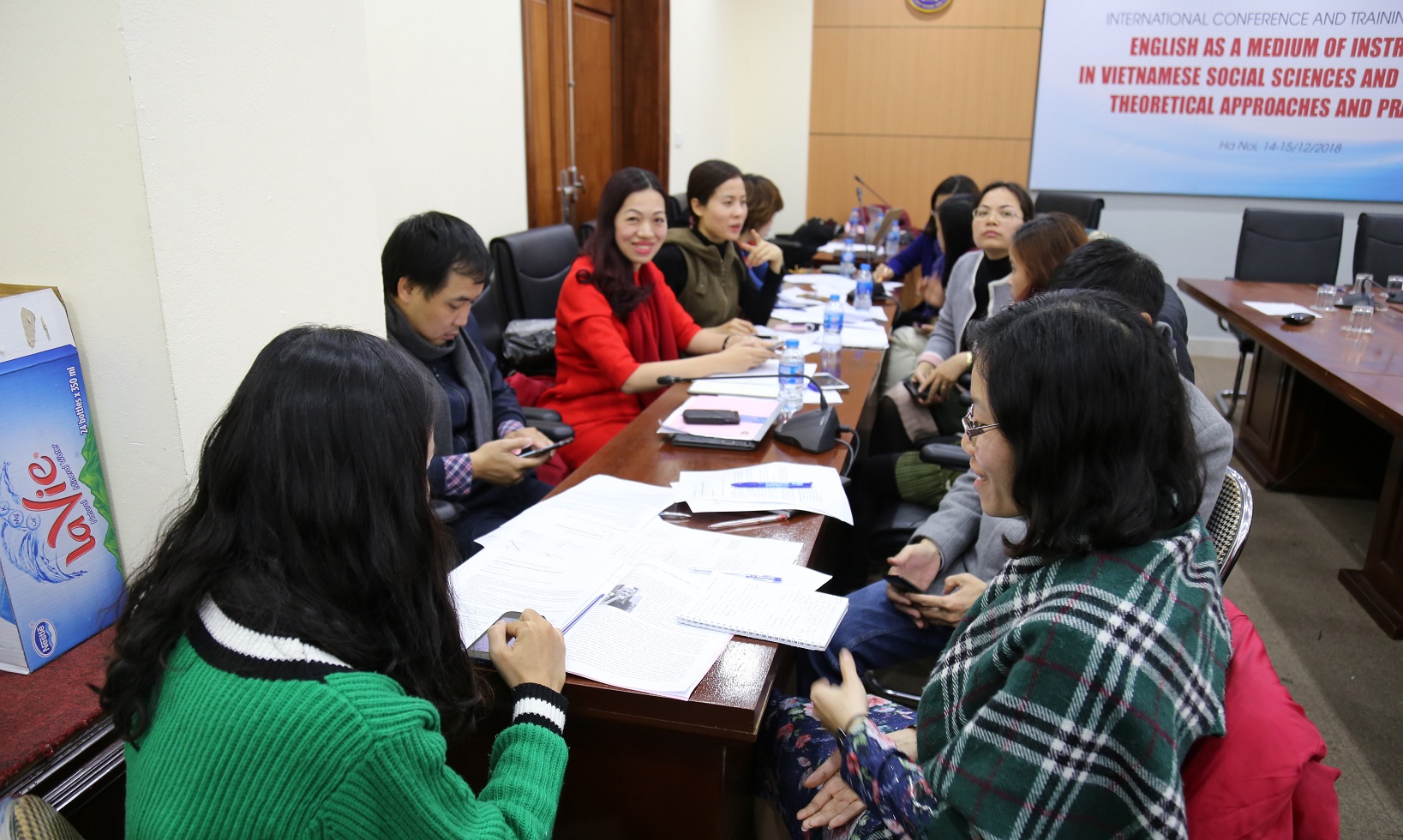
During the training course, lecturers were guided in designing an EMI course, from the survey of the purpose, level, and output criteria of learners to the construction of the program framework and knowledge modules. Trainees were divided into groups by major for group discussion and presentation.
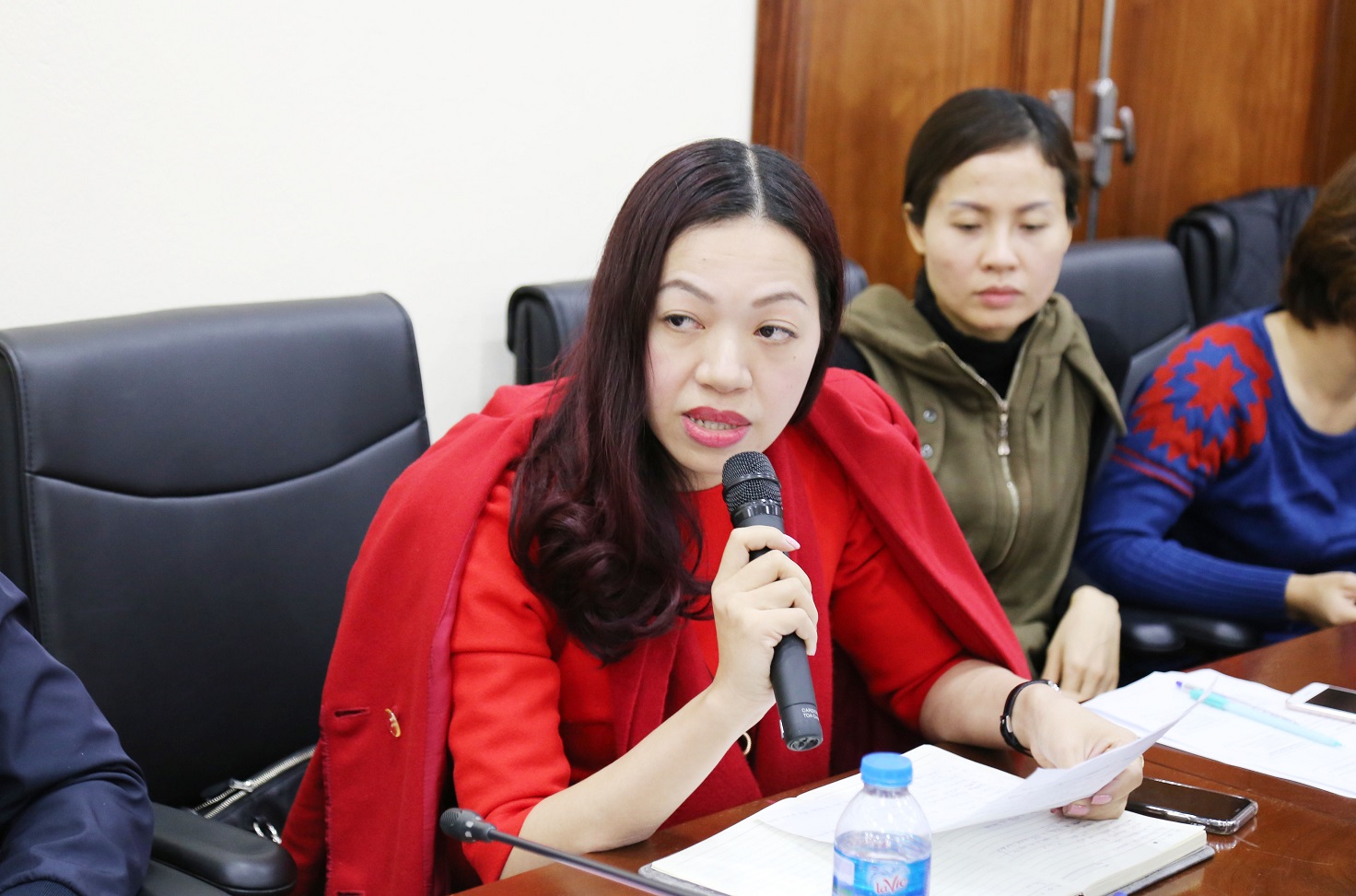
It was not until the last decade of the last century that investment was made in teaching EMI courses in Vietnamese universities, and that was limited to a few institutions with strong international links or international fields such as foreign languages. Efforts to promote EMI in Vietnam remain challenging, especially in the social sciences and humanities.
In the photo is a representative of a discussion group presenting their EMI course development to the instructor.
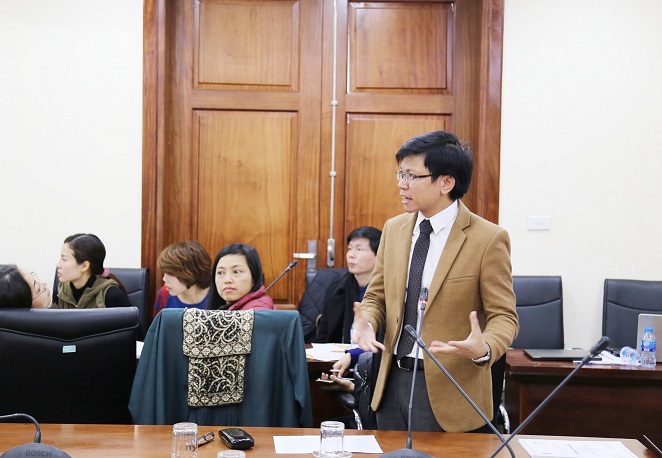
Associate Professor Dr. Hoang Anh Tuan (Vice Principal of the University) shared information about EMI courses: EMI has become a popular topic in the world, especially in Asia. Many universities have recognized EMI as one of the tools to promote higher education and international integration. Vietnam is no exception. For the USSH, in the past 10 years, there has been an effort to implement EMI, starting with the dream of internationalizing some programs that require more English (and other foreign languages), followed by some courses taught in English by lecturers from the Faculty of International Studies and Oriental Studies. By early 2018, there were about 50 lecturers qualified to teach courses in English. In addition, USSH welcomes about 50 visiting professors each semester to teach selected courses for students.
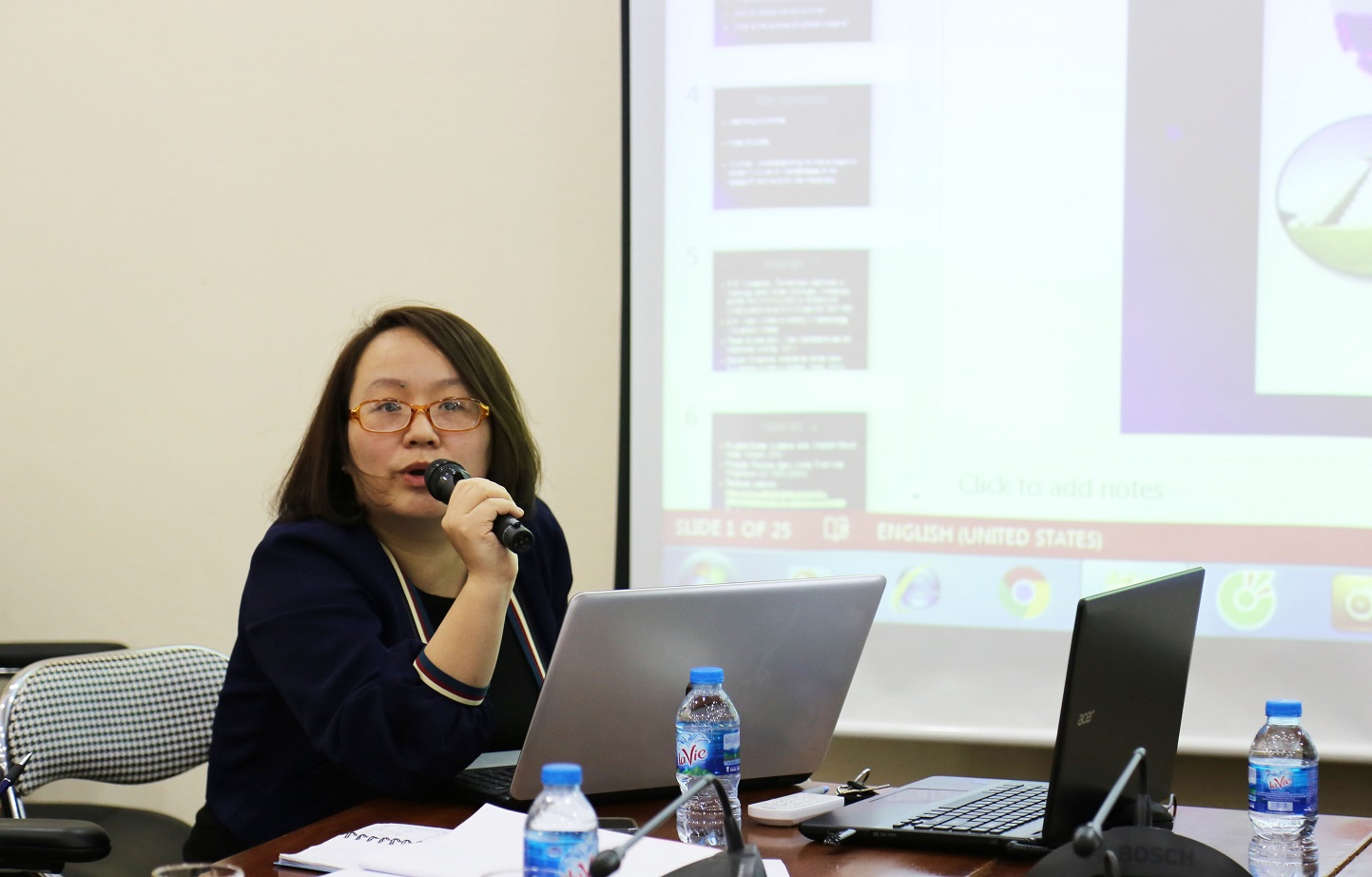
EMI is considered to have potential at USSH as there are more and more staff who are able to study abroad and the number of students who are good at English is also relatively high. In addition, Vietnamese parents are investing in English for their children from a young age; but many want their children to study international programs in the country, not abroad. Therefore, in recent years, the potential of EMI courses and programs has increased.
In the photo is a lecturer from the Faculty of Oriental Studies representing the group presenting the EMI course design.
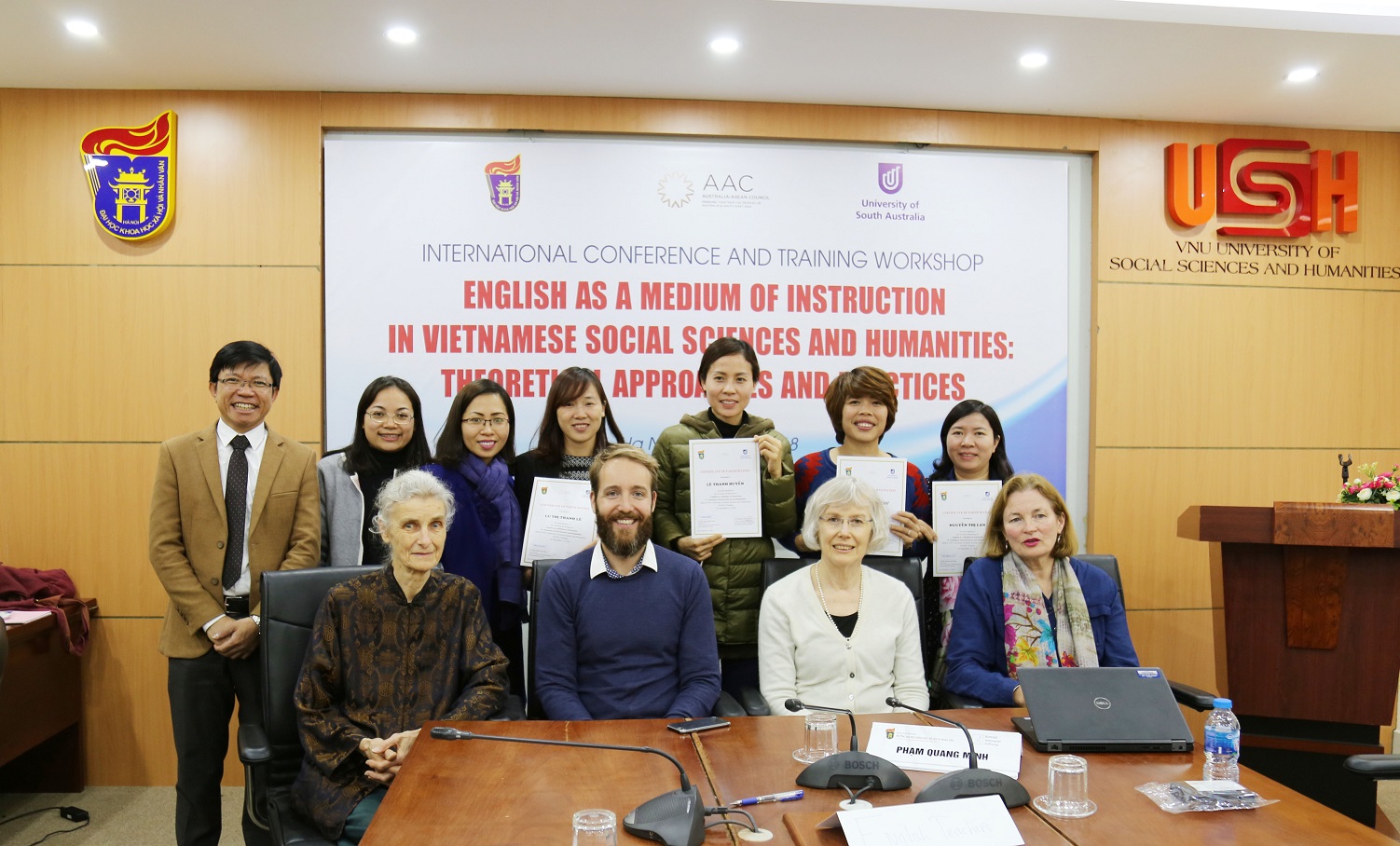
Students who attended the course all shared positive feedback about the content and meaning of the course.
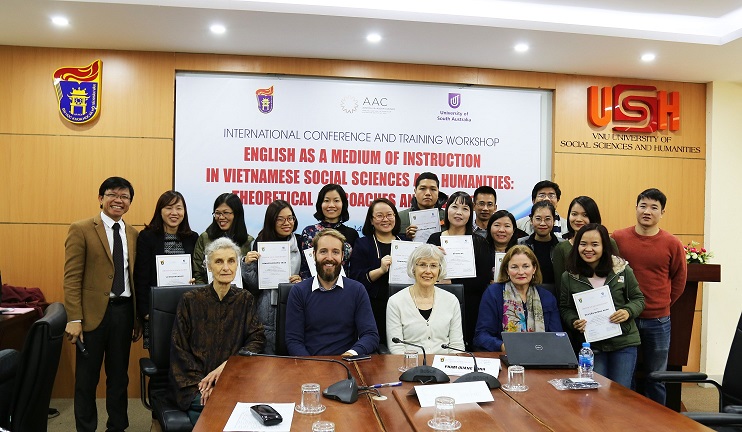
To achieve the goal of enhancing EMI, experts and managers say universities must invest more, have new policies to encourage staff to organize EMI courses and motivate students to participate.
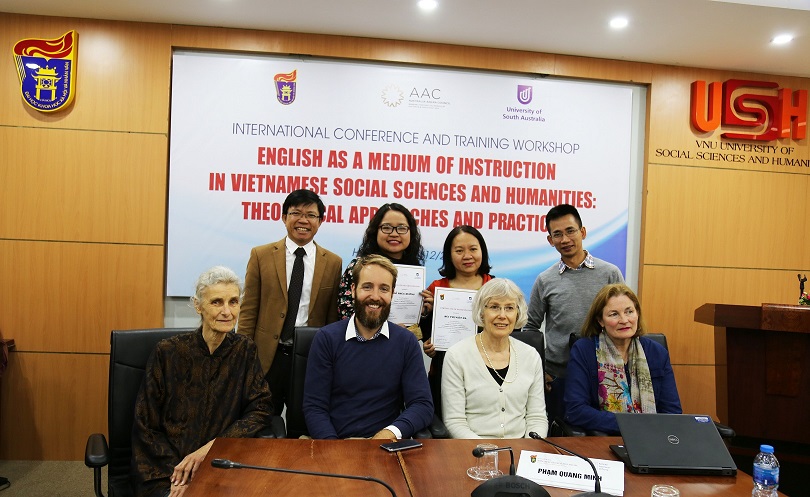
Over the past two years, there have been some scattered regulations on EMI courses at the University of Social Sciences and Humanities, such as the 1.7 coefficient increase for lecturers, priority for international scholarships for EMI students... But these policies need to be comprehensive and systematic to promote the EMI mechanism at the school.
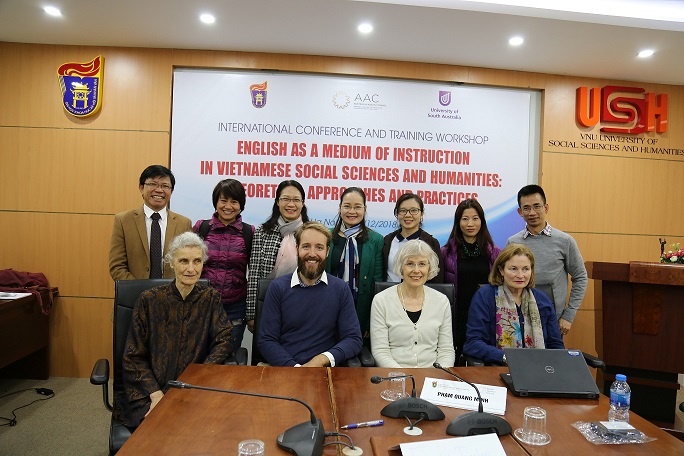
Author:Thanh Ha
Newer news
Older news